One woman among men: The incredible story of Alfonsina Strada
Alfonsina Strada made headlines when she entered the 1924 edition of the Giro d’Italia, under the name 'Alfonsin', and the story of her grit and determination to finish against all odds lives on today

Enter the name Alfonsina Strada into a search engine and among the results returned will be a music video by the Italian folk-rock group Têtes de Bois. In the video an old lady toils in her dark and cobwebbed bicycle workshop — welding tubing and adjusting handlebars before helping a small boy with a slipped chain. While the old lady works, the small boy’s eyes are drawn to the walls of the workshop where he spies an aged, framed edition of La Gazzetta dello Sport, carrying the headline that gives the song its title: ‘Alfonsina e la bici’.
“Alfonsina and the bike… one woman among men.” That was the front-page splash the Gazzetta ran on May 14, 1924. Two days previously, Alfonsina Strada had finished the second stage of the Giro d’Italia, 308km from Genoa to Florence, in 56th place. It was then the paper realised it had a story on its hands that could capture the imagination of Italy.
Many of the big names stayed away from the 1924 Giro because of a dispute with the organisers over appearance fees. That gave the Gazzetta a problem. With so many names absent, how to keep the public interested?
Legend has it that Strada conned her way to the start line of the race in Milan by registering her name as ‘Alfonsin’, therefore appearing on paper to be a man. But she was the best female rider in Italy at the time with a history of riding against men in one-day races, so it is more than plausible that the Giro organisation knew exactly who this rider was when they accepted the application.
When it became apparent that Strada could more than hold her own, the Gazzetta realised its prayers had been answered. Strada — a woman in a man’s world, battling the odds, taking on the men and beating them. That was to be their story of the Giro (the fact that Alfonsina’s surname was the Italian word for ‘road’ didn’t hurt). And so came that famous headline four days into the race.
“It was quite an event,” says Herbie Sykes, author of Maglia Rosa. “You have to understand that the 1924 Giro was highly unusual in the sense that [Costante] Girardengo, [Ottavio] Bottecchia and [Giovanni] Brunero, the three great champions, were absent. Then [Pietro] Linari, [Bartolomeo] Aymo and [Gaetano] Belloni, the next best things, all abandoned… the net result was a race contested by a group of riders from the Canavese and Turin who weren’t at all well known to the wider public.
“As regards public interest, therefore, it became expedient for the Gazzetta to promote her exploits,” continues Sykes. “At the beginning of the race they had sought to bury it, but necessity always was the mother of invention. Once they got stuck into telling her story, her courage captured the public’s imagination — more so given that they portrayed her as a major sex symbol.”
Get The Leadout Newsletter
The latest race content, interviews, features, reviews and expert buying guides, direct to your inbox!
Strada kept pace with her male rivals throughout the early part of the race, often finishing well behind the stage winner but always within the time limit and only once finishing last. Then her race fell apart on stage eight.
Falling repeatedly on a day of heavy rain, Strada was forced into making hasty repairs to her bike, including having to use part of a broom to repair her handlebars. But still she battled on. Fifteen hours after she set out from L’Aquila, Strada rolled into Perugia. She was tired, battered, bruised and, sadly, outside the time limit.
What were the organisers to do? On the one hand Strada had to be disqualified, on the other the Giro needed the publicity she had brought. A compromise was reached. Strada would continue, indeed the organisers would fund her to do so, but she would no longer be officially classified.
No stopping Strada
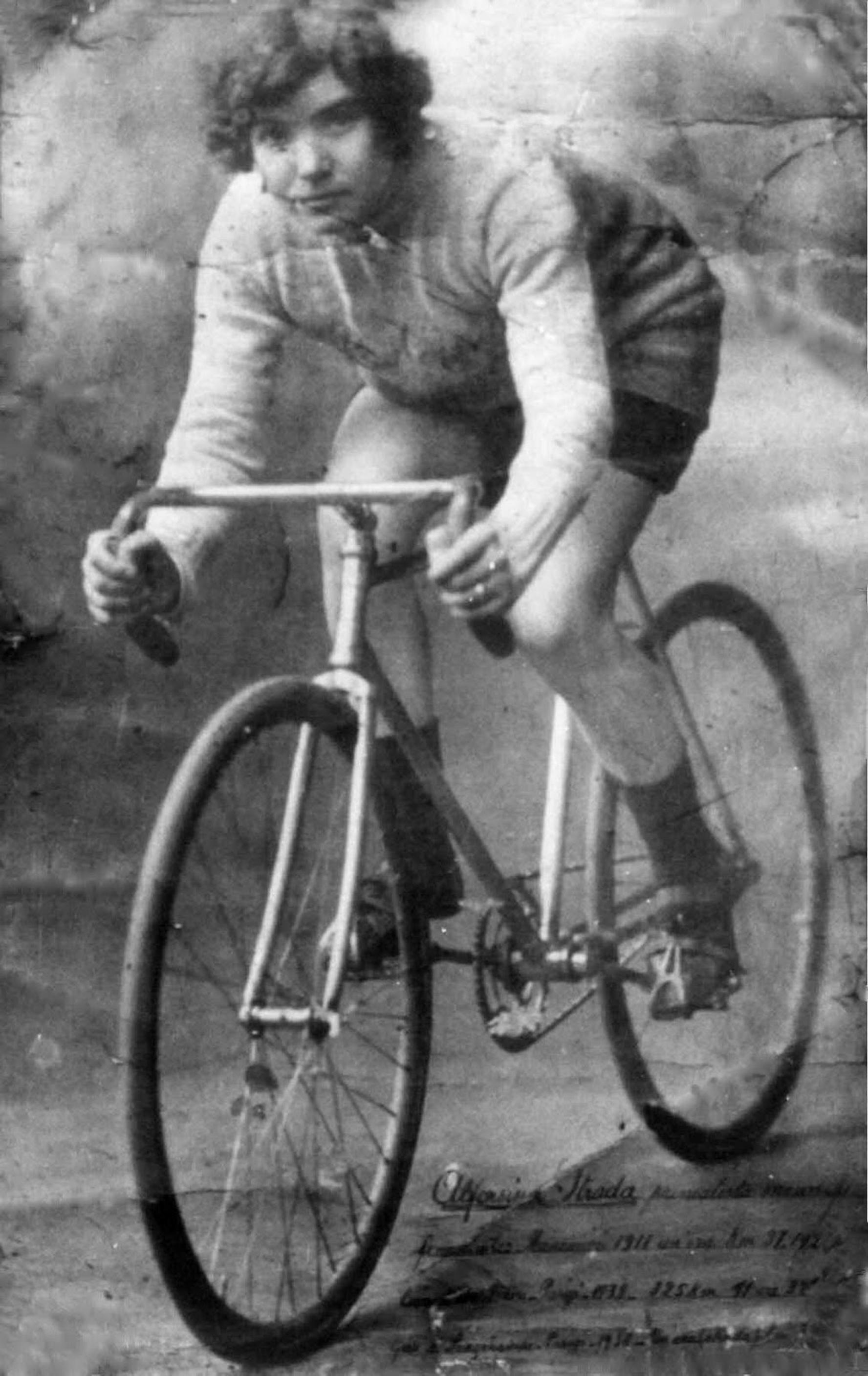
And so Strada rode on. On stage 10, a mammoth 415km from Bologna to Fiume (now Rijeka, Croatia), Strada suffered again. Again she fell and crashed. Again she dropped behind the pack. Again she refused to buckle. Twenty-one hours it took her to reach the finish where she was lifted from her bike in tears by the crowds who had stayed to cheer her.
Strada made it to the finish in Milan, reportedly earning more than the race winner for doing so. With just 30 classified finishers from 90 starters, she had shown more grit than many of the men who had started alongside her. Outside the official classification she might have been, but surely no other rider had displayed such force of will in getting to Milan. ‘The Devil in a Dress’ had entered Giro history.
“I think what she did was truly incredible, simply because the distances back then were so biblical,” says Sykes. “My understanding is that she crashed on a number of occasions, and displayed exceptional courage in getting round. Bear in mind, though, that she wasn’t the only female rider in Italy, just the best one. There’s a misconception that she and she alone rode a bike, but in point of fact there were quite a few races, and quite a healthy scene in Piedmont and Lombardy.”
So what is her legacy today? How well is her story known and celebrated in Italy? “Like any story of its type, it’s well known among those who are interested in the history of the sport,” continues Sykes. “It’s not ‘celebrated’ as such, but it’s part of the warp and weft of the race’s history.
“A theatre company wrote a stage play about her; there were rumours of a feature film. My guess is that RCS [Giro organiser] will get stuck into it in 2024. Commercial imperative and all that.”
Italy’s double world champion, Giorgia Bronzini, first learned of Strada’s story when she was 18 years old. “My coach told me,” Bronzini says. “At first I didn’t care much about it, but when I did my first [women’s] Giro d’Italia I was surprised she managed to race against the men.
“There is nothing that I know of celebrating her at the moment, just some Italian races where she is mentioned but nothing big, maybe like the story deserves. For sure it is a piece of women’s cycling history by her so it means a lot. I’m proud that she was Italian.”
Italy’s Elena Cecchini (SD-Worx) says Strada is one of those names that every Italian knows as a heroine and mythical character. “Since my childhood I’ve known who she was, Cecchini says. “What really inspired me was the fact that she didn’t care at all about public opinion and male thoughts, she just did what she loved, even at the risk of being considered ‘weird’ by the majority of people. Through her passion [cycling] she wanted to show that women are as strong as men and deserve the same treatment and attention.”
For Italian rider Barbara Guarischi (Movistar), Strada’s life story is as much as an inspiration as her Giro exploits. “I appreciate her a lot,” Guarischi says. “She showed determination in dealing with her family, marrying young — forced by her mother — and yet she continued her passion, she continued to ride a bike and follow her dreams. I was, and still am, impressed by that.”
“I don’t think outside Italy her story is really known or brought up as an example,” Cecchini adds. “Of course it should be celebrated more and be part of our tradition and knowledge.”
As if to illustrate that point, British rider, Hannah Barnes (UNO-X), hadn’t heard of Strada until contacted for this article, prompting her to find out more. “I have just spent the last 30 minutes reading about her and I have found it inspiring,” Barnes says. “It proves that women can be just as tough as men and have the same drive and determination. We just sometimes get portrayed as delicate and weak, which is far from the truth.”
Sharing the story
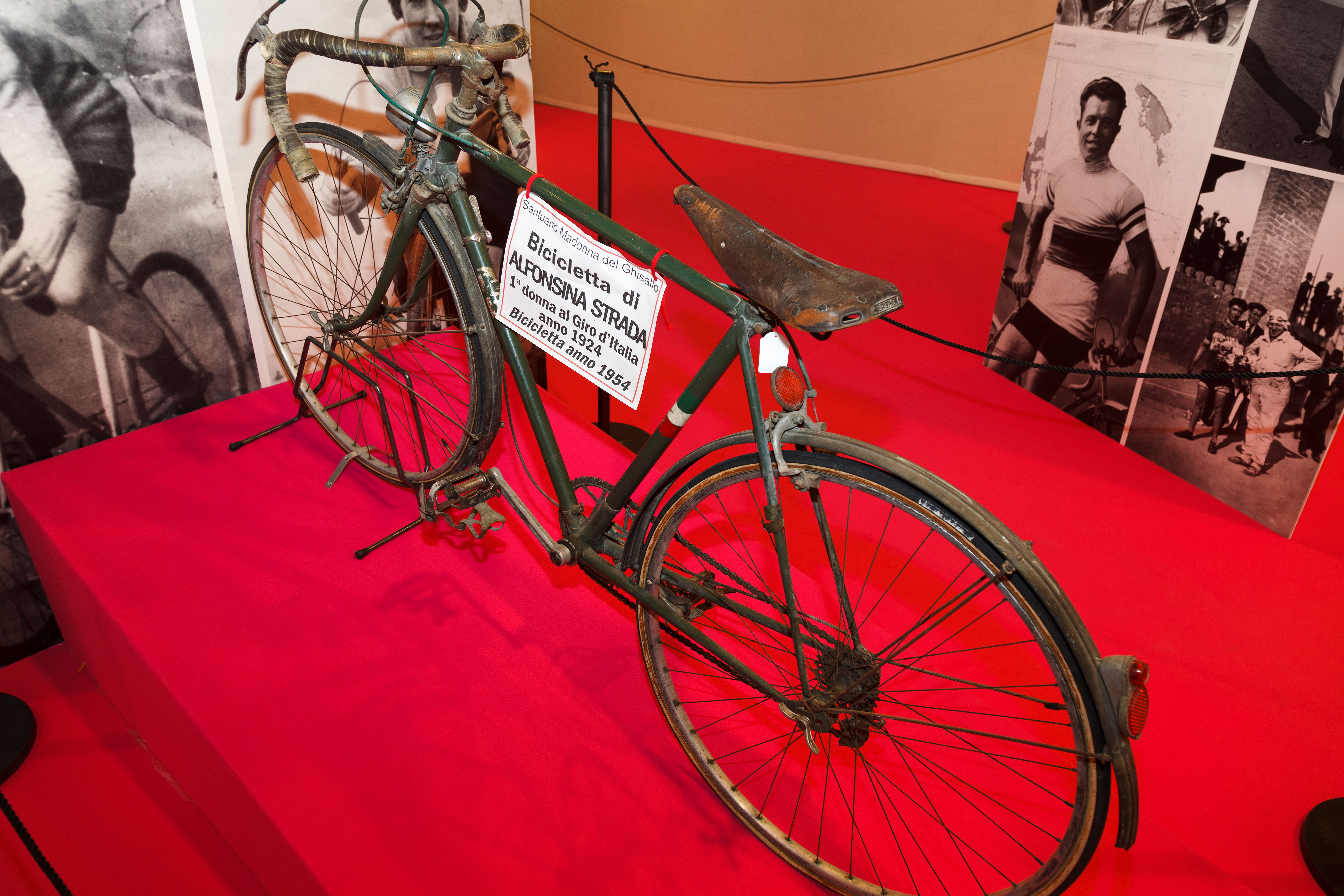
“It sounds like she was brought up in a tough environment,” continues Barnes, “which is why she had that fire in her belly and wouldn’t let the weather, crashes or commissaires stop her from achieving what she set out to do.
“Perseverance and determination are characteristics you need in cycling and also everyday life. She proved she had both in abundance and wasn’t scared to challenge herself and also the rules.”
So how can Strada’s story be used to help young riders?
“It would be nice if the people who are at the head of the small young teams started to teach them about the beginning of women in cycling and about Alfonsina,” says Guarischi. “[So] that they can understand that determination in this sport is really important.”
“It is really, really important [that young cyclists know of Strada’s story],” concludes Cecchini. “I’m fighting every day through my training, travels and racing to be better, to win and to make my team win. Having an example like Alfonsina in my mind helps me to remember that to be successful and make your dreams come true you often have to go through difficulties and sometimes that means choosing the hardest way.
“Women can do the same things men do — with the same strength, determination, focus and courage.”
There can be no better proof of that than the story of Alfonsina Strada and the 1924 Giro.
Born Alfonsina Moreni in 1891, in Castelfranco Emilia, near Bologna in northern Italy, she discovered cycling at the age of 10. Born into a large peasant family, she took delight in an old bike her father pushed home one day after trading some chickens in exchange.
Strada quickly started blazing around the town on the machine, much to the horror of her parents. This was the 1900s in rural Italy — a time when to see a woman on a bicycle could scandalise the neighbours.
Strada didn’t care. She rode on, telling her parents she was off to church but instead finding nearby races in which to ride.
At 16 she moved to Turin. Here women on bicycles were a more common sight and Strada started to train and race more seriously.
After setting an unofficial Hour record of 37.192km in 1911, Strada secured contracts to race in the velodromes of Paris before meeting and marrying her first husband. Luigi encouraged his wife’s cycling, even buying her a bike as a wedding gift.
Strada rode the Tour of Lombardy in 1917 and 1918, against the likes of Costante Girardengo, Philippe Thys and Gaetano Belloni, finishing when dozens of others abandoned. It paved the way for her 1924 Giro ride.
Strada carried on racing well into her sixties. She died in 1959 of a heart attack having just returned on her motorbike from watching the Tre Valli Varesine race.

Thank you for reading 20 articles this month* Join now for unlimited access
Enjoy your first month for just £1 / $1 / €1
*Read 5 free articles per month without a subscription

Join now for unlimited access
Try first month for just £1 / $1 / €1
-
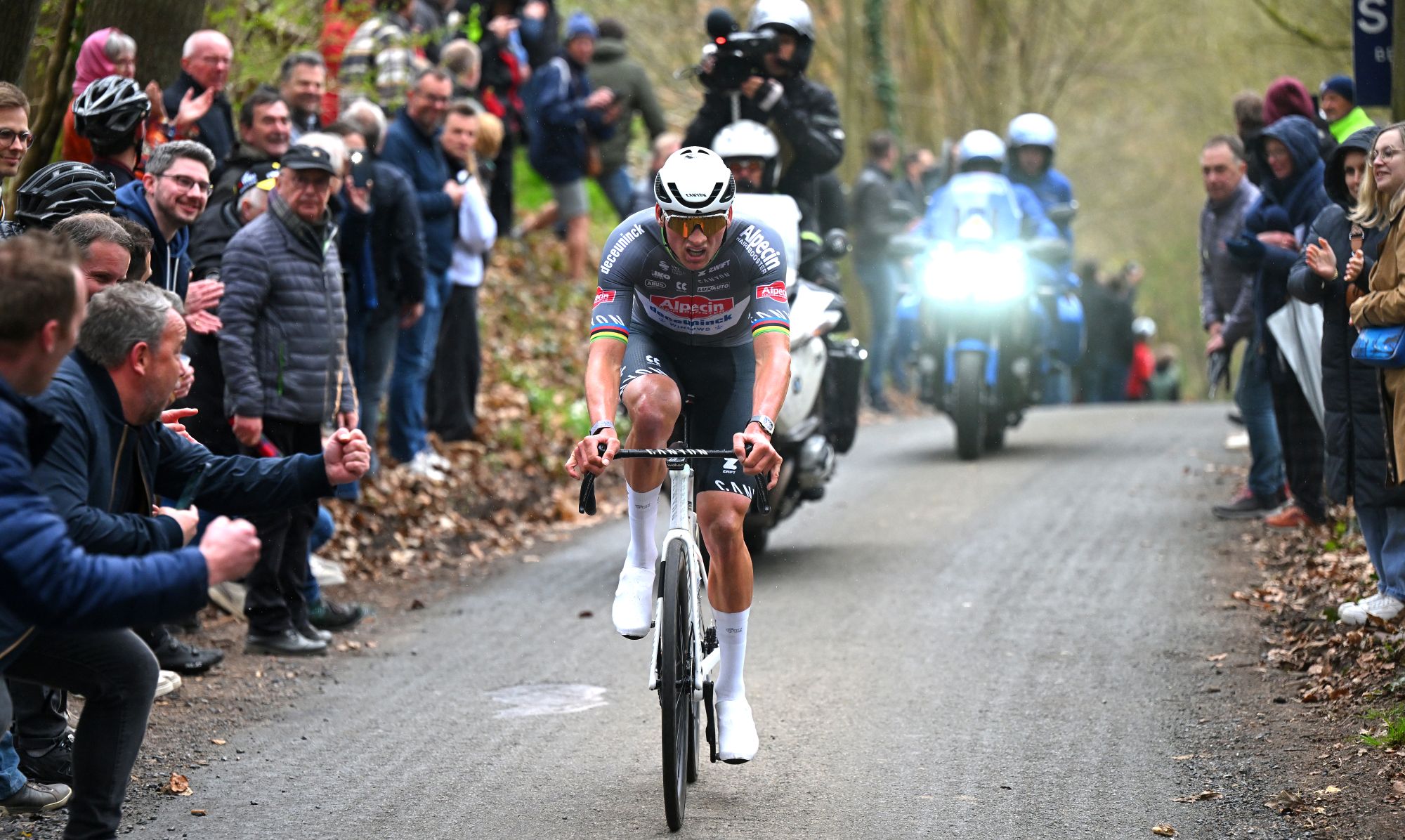 'I start every race to win' - Mathieu van der Poel fired up ahead of Paris-Roubaix showdown with Tadej Pogačar
'I start every race to win' - Mathieu van der Poel fired up ahead of Paris-Roubaix showdown with Tadej PogačarTwo-time winner says he has suffered with illness during spring Classics campaign
By Tom Thewlis Published
-
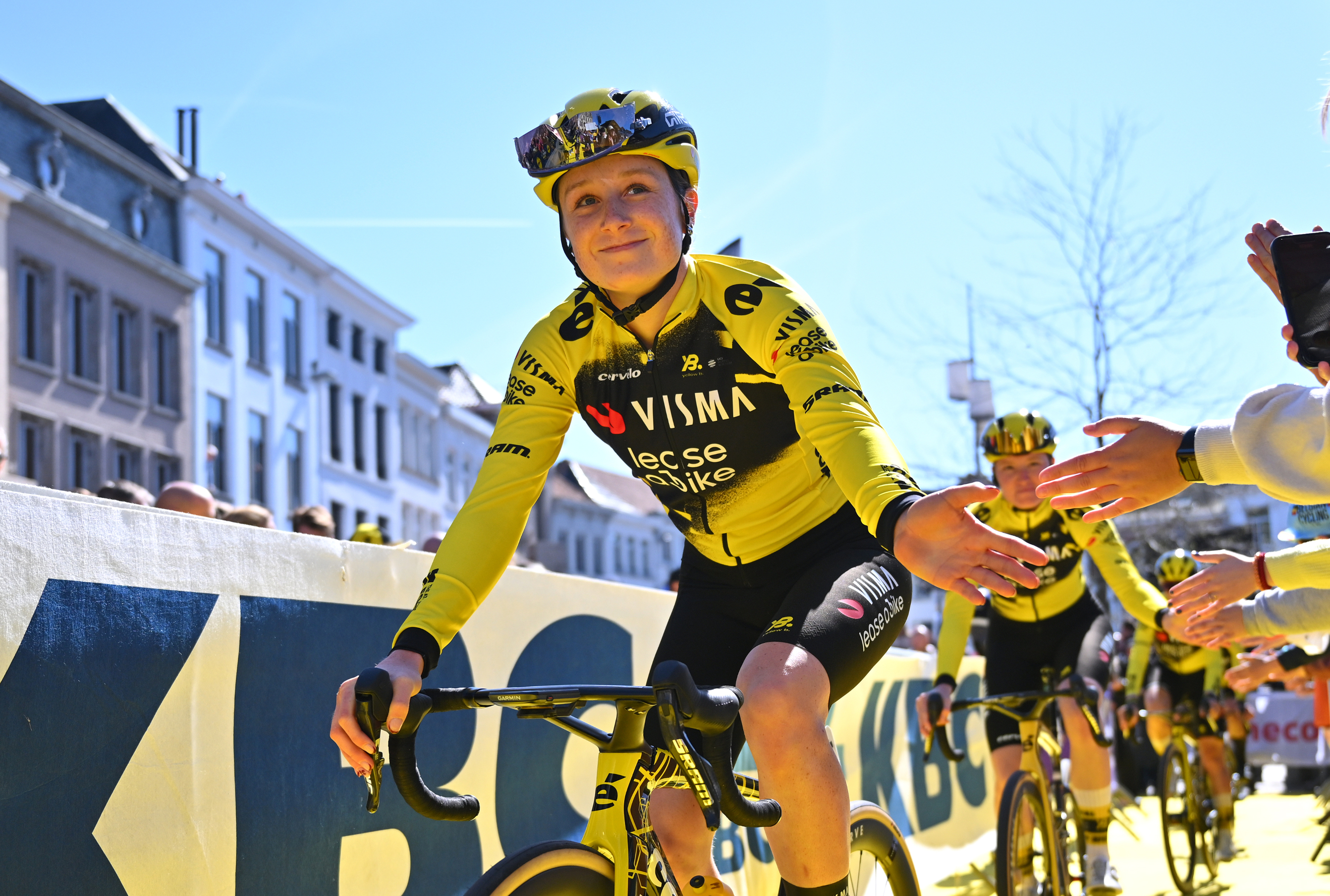 'It's really surreal that now I'm part of it' - 19-year-old Imogen Wolff set to go from spectator to racer at Paris-Roubaix
'It's really surreal that now I'm part of it' - 19-year-old Imogen Wolff set to go from spectator to racer at Paris-RoubaixBrit first came to see the 'Hell of the North' when she was six
By Tom Davidson Published
-
 Watching Marley Blonsky's first century experience will motivate you to tackle your first 100-miler
Watching Marley Blonsky's first century experience will motivate you to tackle your first 100-milerWatch as All Bodies on Bikes advocate Marley Blonsky tackles her first gravel century.
By Anne-Marije Rook Published
-
 Motherhood or an athletic career? An impossible choice no more thanks, in part, due to the rise of esports
Motherhood or an athletic career? An impossible choice no more thanks, in part, due to the rise of esportsWith the rise of virtual cycling esports, world-class female endurance athletes no longer have to compromise motherhood and a professional career.
By Christopher Schwenker Published
-
 Errant horse interrupts the racing at women’s Strade Bianche
Errant horse interrupts the racing at women’s Strade BiancheDemi Vollering accompanied by the animal on her way to victory
By Stephen Puddicombe Published
-
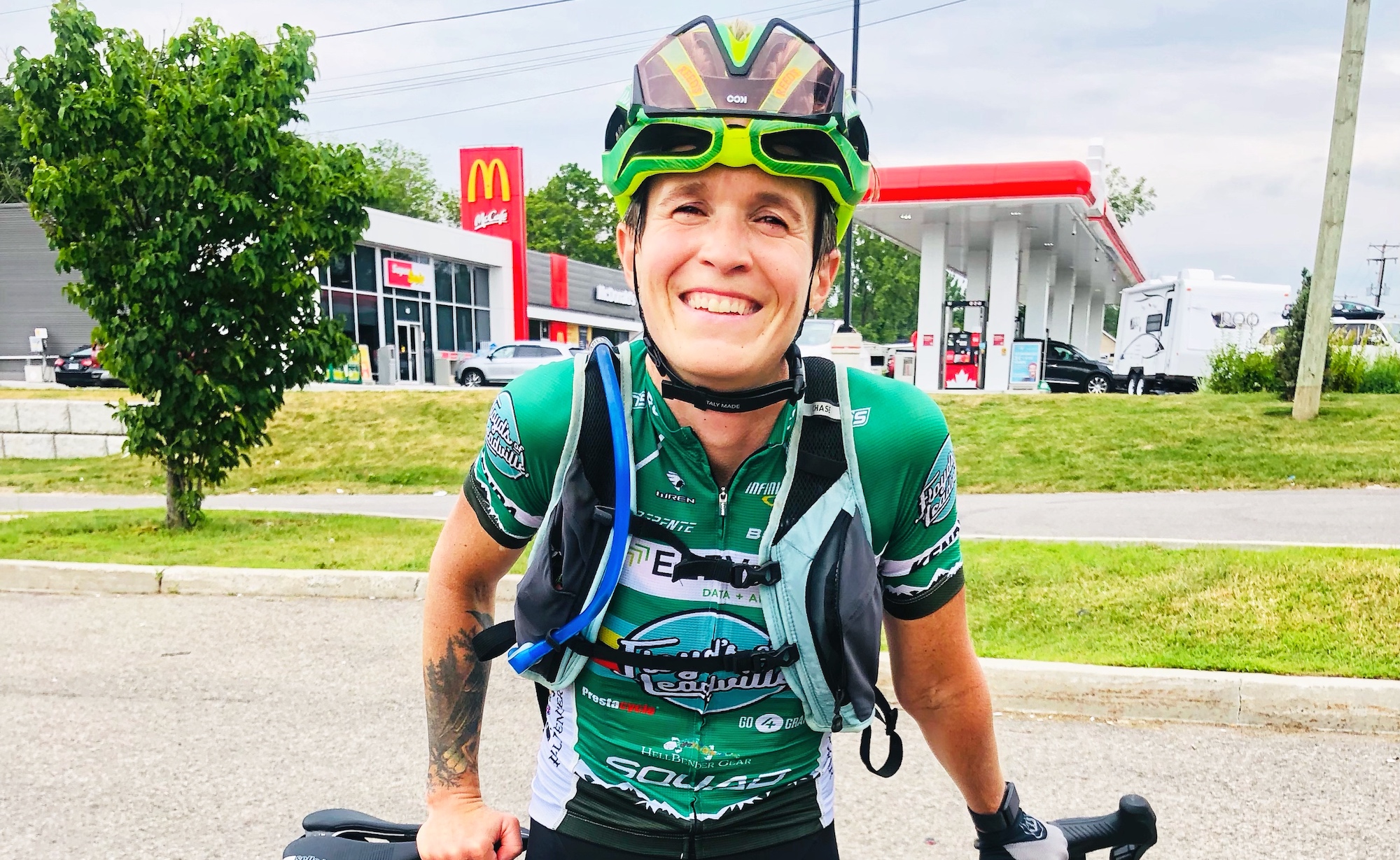 "Failing that drug test was the best thing that had ever happened to me"
"Failing that drug test was the best thing that had ever happened to me"Abuse victim and disgraced cycling champion Geneviève Jeanson finds solace in return to bike racing
By Anne-Marije Rook Published
-
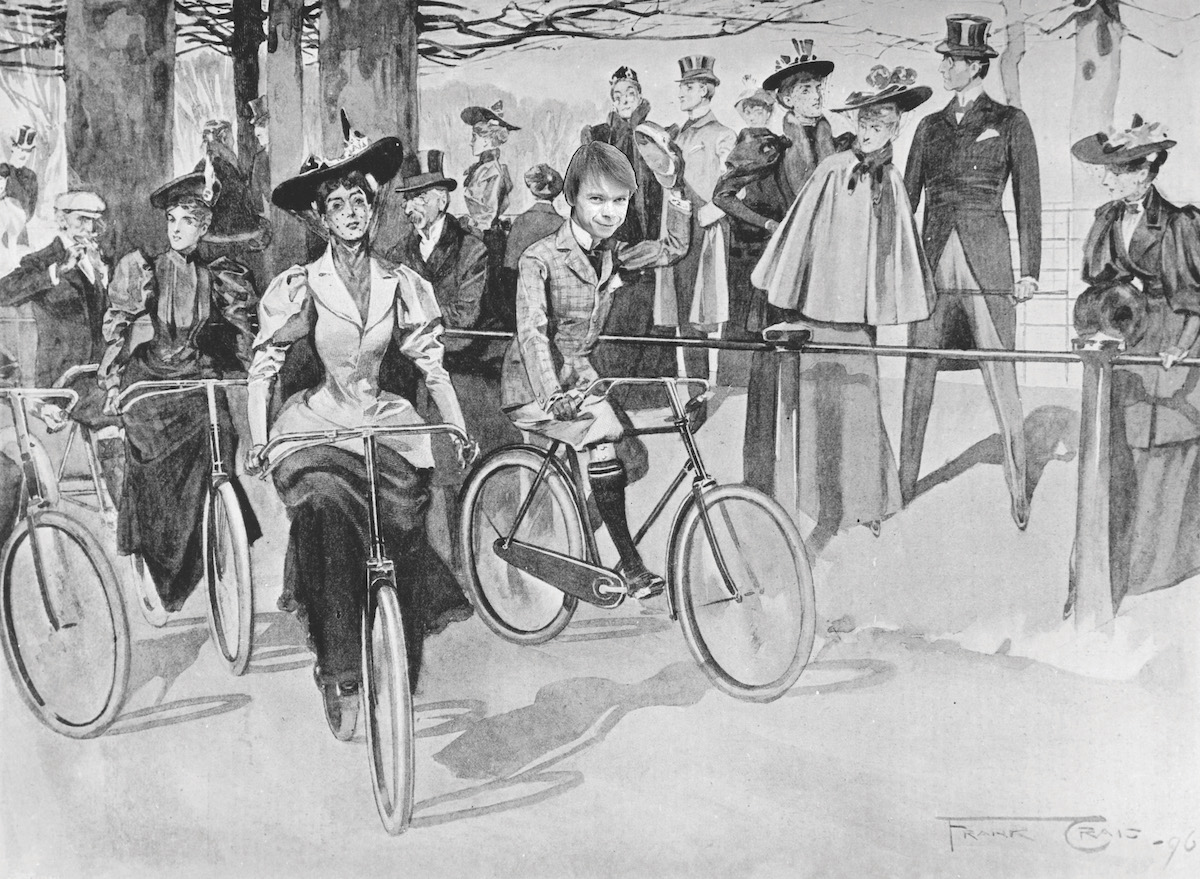 Dr Hutch: Why women were the pioneers of bike racing
Dr Hutch: Why women were the pioneers of bike racingIf it wasn't for female riders, we'd all still be falling off our Penny Farthings
By Michael Hutchinson Published
-
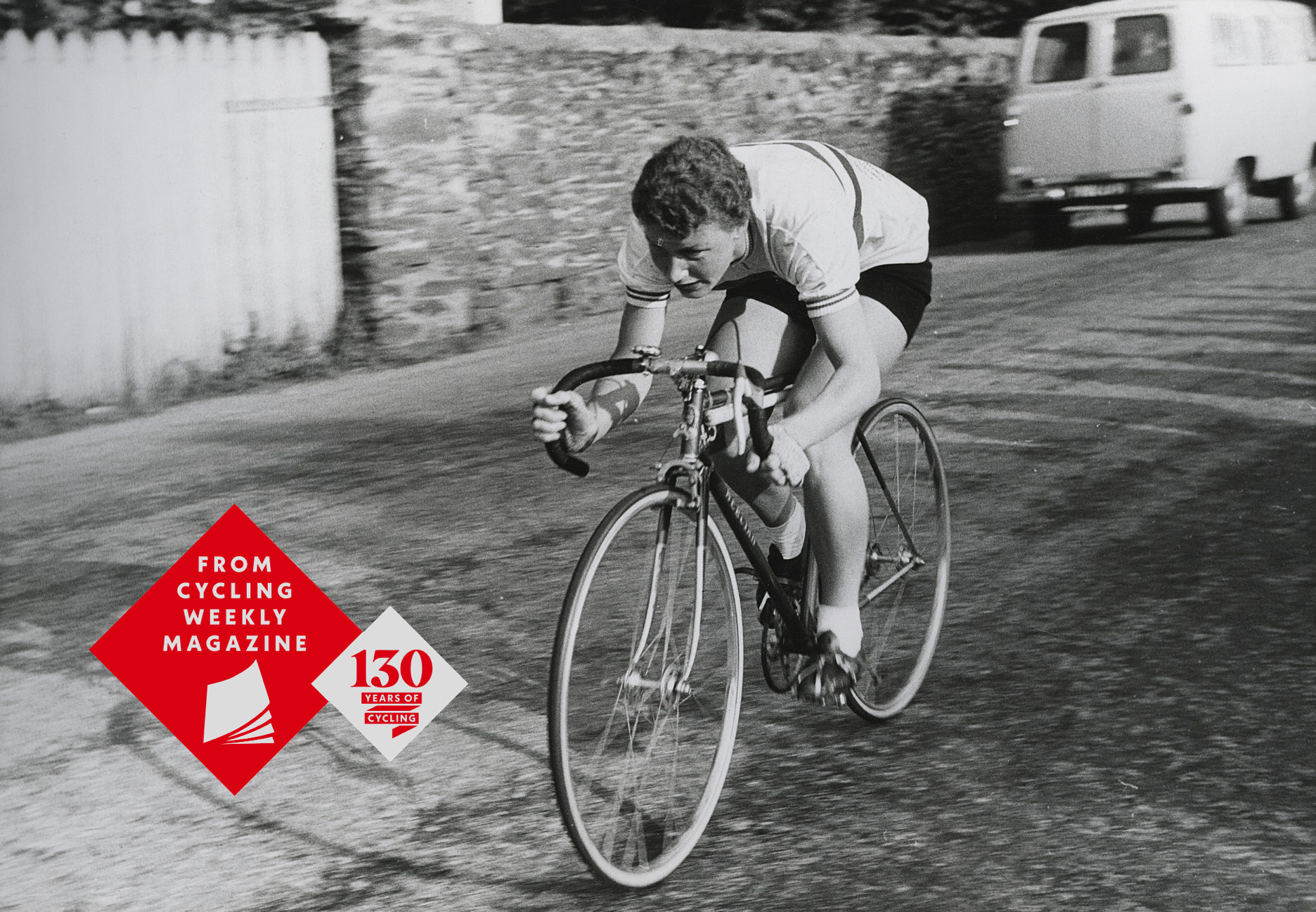 Beryl Burton: Meet the British legend
Beryl Burton: Meet the British legendFrom the 50s to the 80s, Beryl Burton dominated British women’s racing, CW looks back at her prolific career
By Hugh Gladstone Published
-
 British New Wave: Launch of the rainbow warrior - Evie Richards
British New Wave: Launch of the rainbow warrior - Evie RichardsOff-road aficionado Evie Richards no longer needs to chase rainbows. The rainbows come to her...
By Vern Pitt Published
-
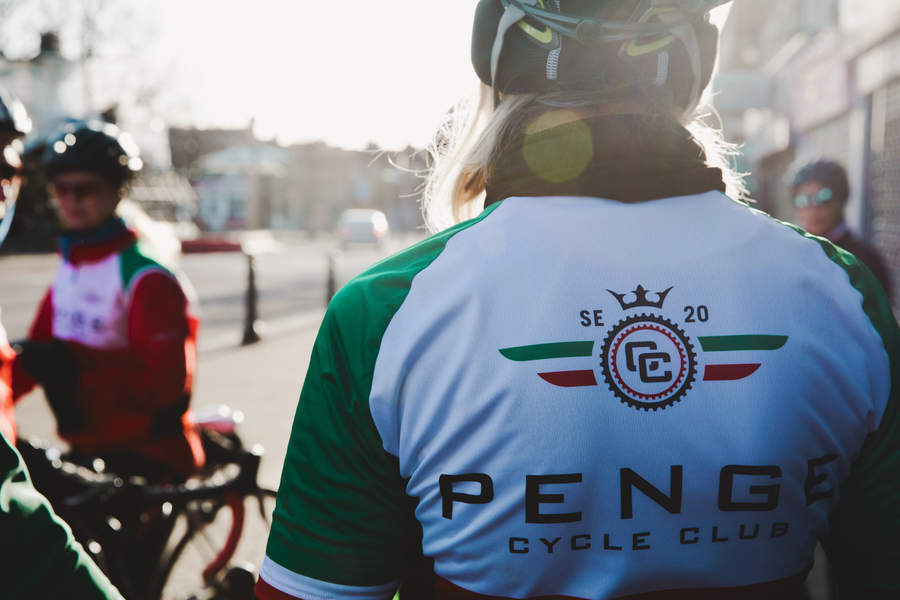 Club life: Why do some cycling clubs attract so many more female members?
Club life: Why do some cycling clubs attract so many more female members?Many clubs say they want to expand their female membership, but some have far greater success than others. Amy Sedghi finds out how these clubs get it so right
By Amy Sedghi Published